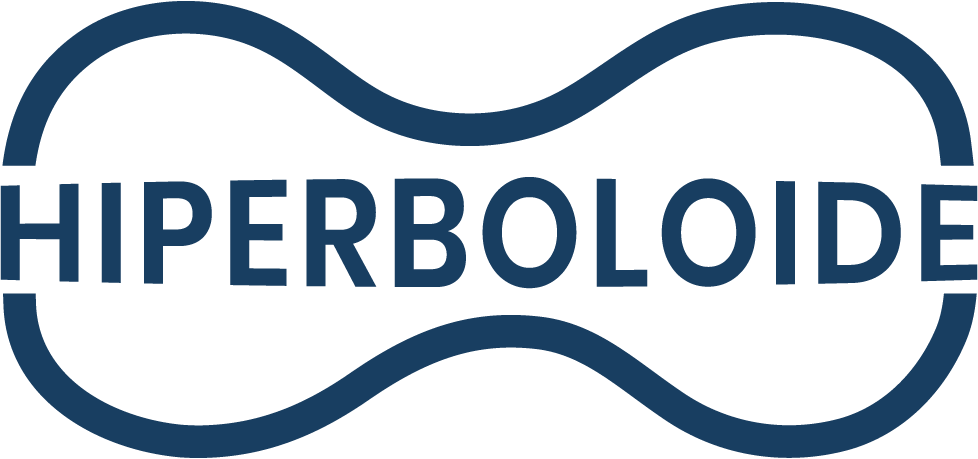Hyperboloid is a compensatory instrument of modern nutrition, predominantly “soft and soft”, returns the attributes of dry, hard and fibrous foods, in order to seek harmonious craniofacial growth through neural excitation.
“ For a stimulus to be biological, it needs to provoke a response in the organism: this is called excitability. ” (Teacher: Wilma Simões)
 |
One of the most important functions of the stomatognathic system is chewing, which is a highly coordinated muscular operation and presents rapid mandibular movements that require modulation and adaptation to the load, which is why there are 5 sizes of Hyperboloid with a load of 35 Shore A hardness. The nervous system, peripheral receptors, and masticatory muscles are continually engaged during chewing, and the central nervous system receives signals from receptors through the brain stem, thalamus, and cerebral cortex.
When we talk about the stomatognathic system we know that the receptors are deeply concentrated, highly specialized and connected to the Central Nervous System (CNS), also by electrical synapses, which transmit inputs at high speed and this means that any change within the stomatognathic system is immediately perceived by the CNS with extreme precision. Therefore, the receptors of the stomatognathic system are located in the oral mucosa, tongue, teeth, periodontium, TMJ and muscles and will be immediately registered by the brain, which adjusts and compensates the functional movement via control of the chewing muscles.
|
Several studies demonstrate that chewing helps maintain cognitive functions in the brain, including the hippocampus, that is, when we chew, immediately before learning a cognitive task, we increase activity in the prefrontal cortex and hippocampus.
Chewing is a simple, non-pharmacological way of preventing senile dementia, which is often associated with cognitive dysfunction, and the hippocampus is the region of the CNS affected by masticatory hypofunction. ( Masticatory Deficiency as a risk factor for cognitive,Inst.J.Med.Sci.2014,vol 11).
To know which Hyperboloid is ideal for your patient, you must follow the recommendations:
1- The Hyperboloid must be placed in the midline of the teeth
2- Then the patient moves laterally to both sides while squeezing the Hyperboloid
3- Then, make protrusion and retrusion movements while squeezing the Hyperboloid.
During this process, we must observe whether the patient has tooth contact, if not, this will be the ideal size of Hyperboloid, if there is, it is recommended to use a larger Hyperboloid. Furthermore, if there is a limitation in range of motion, a smaller Hyperboloid size will be recommended.
-
Functional Jaw Orthopedics;
-
Compensatory exercises for oral motor skills;
-
Orthodontics;
-
Prosthetic rehabilitation;
-
Conservative rehabilitation;
-
Among other applications.



